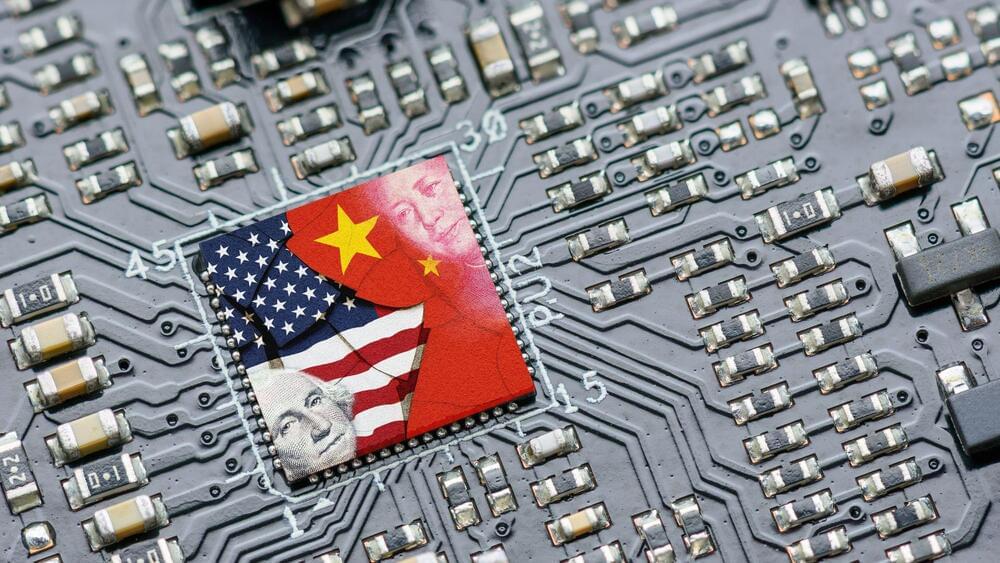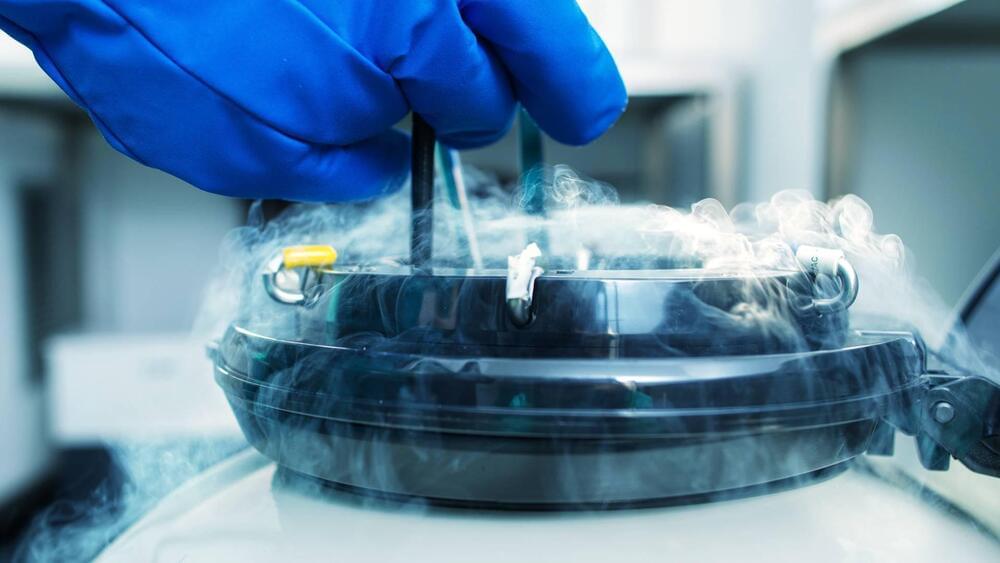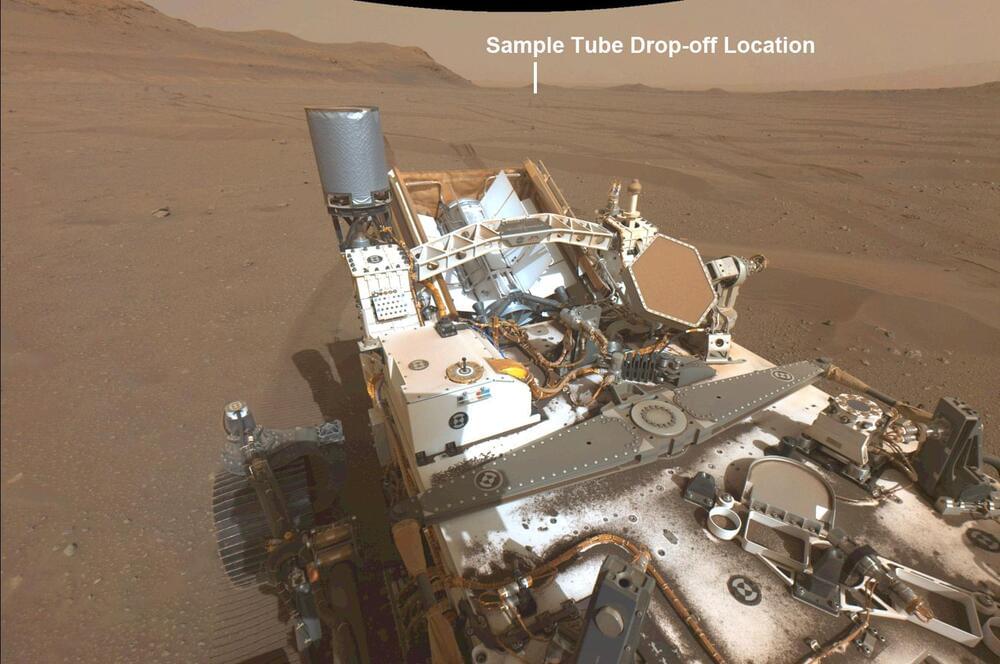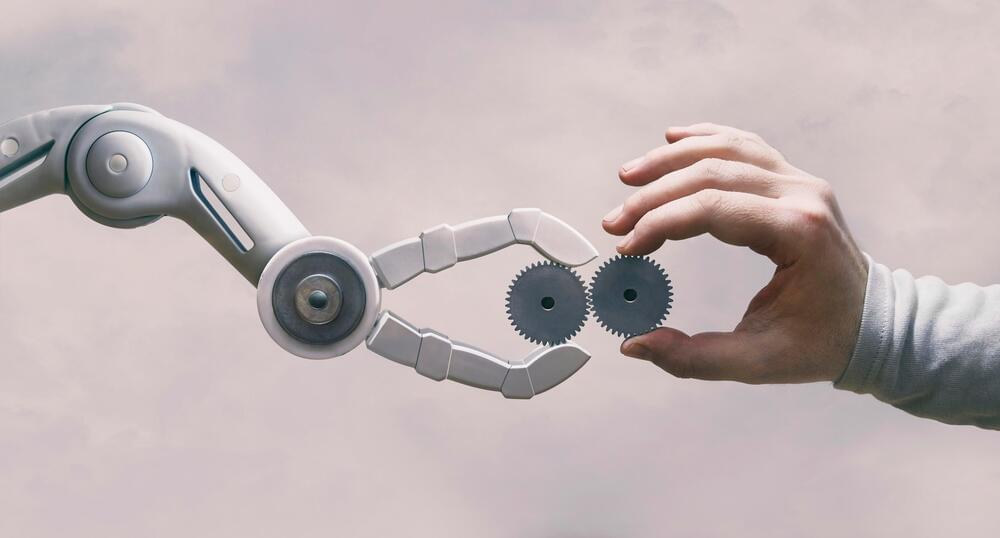John J. Collins is Holmes Professor of Old Testament Criticism and Interpretation at Yale Divinity School and has served as president of both the Society of Biblical Literature and Catholic Biblical Association. His many other books include “Apocalypse, Prophecy, and Pseudepigraphy; Beyond the Qumran Community; and The Eerdmans Dictionary of Early Judaism.
Apocalyptic literature evokes an imaginative world that is set in deliberate counterpoint to the experiential world of the present. Apocalypticism thrives especially in times of crisis, and it functions by offering a resolution of the relevant crisis, not in practical terms but in terms of imagination and faith.
The Apocalyptic Imagination by John Collins is one of the most widely praised studies of Jewish apocalyptic literature ever written. And this second edition of Collins’s study represents a complete updating and rewriting of the original work. Especially noteworthy is the chapter on the Dead Sea Scrolls, which now takes into account all of the recently published texts. Other chapters discuss apocalypse as a literary genre, explore the phenomenon and function of apocalypticism in the ancient world, study a wide range of individual apocalyptic texts, and examine the apocalyptic character of early Christianity.
GET RECOMMENDED BOOKS (Apocalyptic Imagination) HERE: 👉 https://amzn.to/35FqNYf.
MythVision Website: 🔥 https://mythvisionpodcast.com/
MythVision Patreon 👉 https://www.patreon.com/mythvision.
MythVision Paypal. 👉 https://www.paypal.me/dereklambert7
Cashapp: 👉 $rewiredaddiction.
Venmo: 👉 @Derek-Lambert-9
Recommeded books 👉 https://amzn.to/35FqNYf.
Email MythVision 👉 [email protected].
Facebook page: 👉 https://www.facebook.com/MythVision/
Facebook group: 👉 https://www.facebook.com/groups/TheWaterBoyZRadio/
Twitter: 👉 @DerekPodcast.
Instagram: 👉 @dereklambert_7
MythVision Discord: https://discord.gg/dRQXdZBq6E
#JohnJCollins #MythVision #Apocalypse








